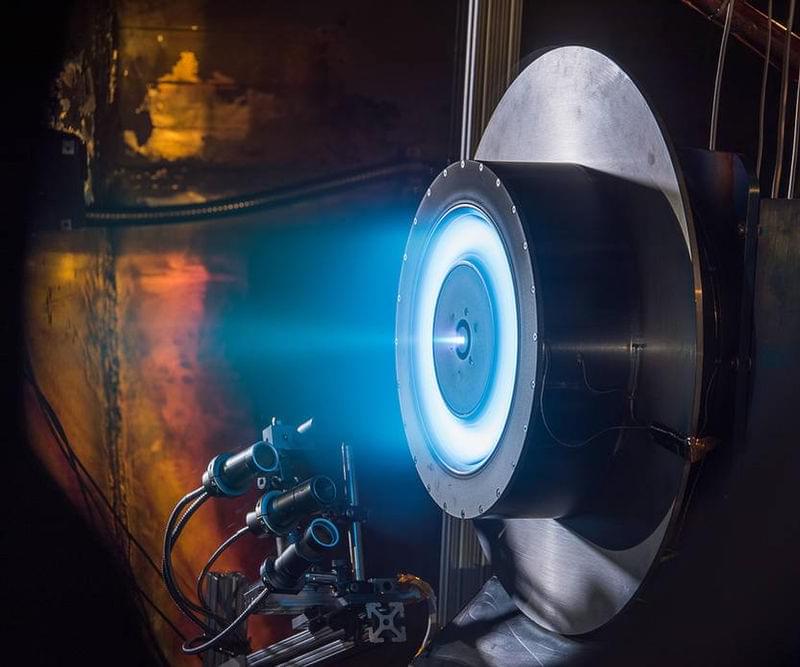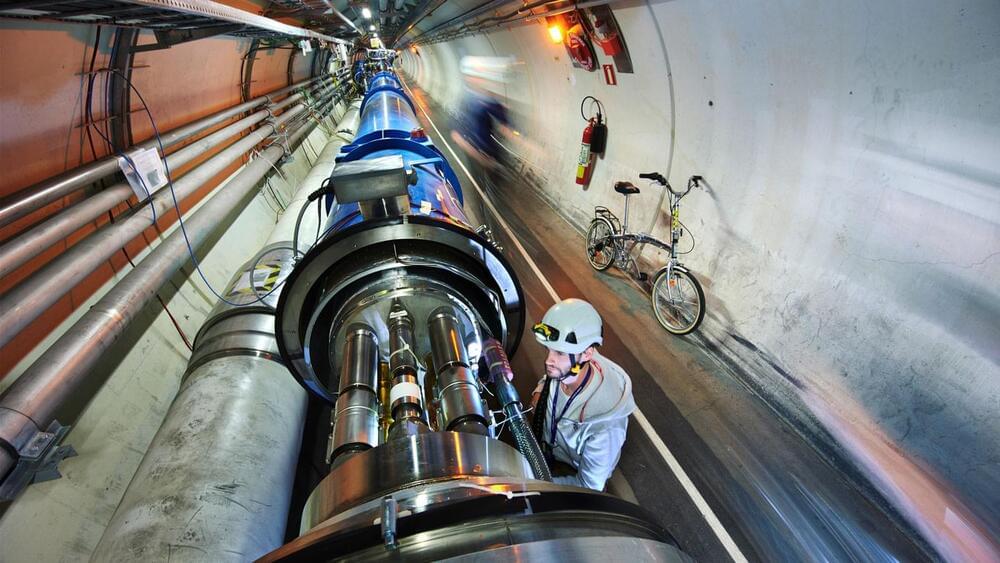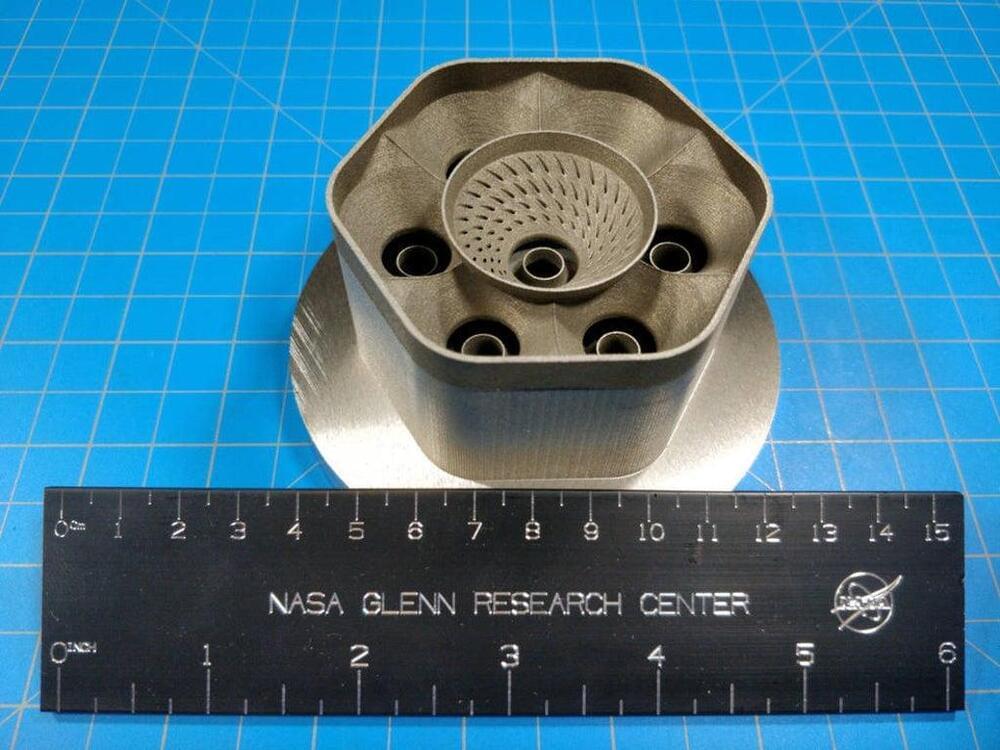Apr 22, 2022
Interacting Brain Waves Key to How We Process Information
Posted by Jose Ruben Rodriguez Fuentes in categories: biological, computing, neuroscience
Summary: Study reveals the different ways the brain parses information through interactions of waves of neural activity.
Source: Salk Institute.
For years, the brain has been thought of as a biological computer that processes information through traditional circuits, whereby data zips straight from one cell to another. While that model is still accurate, a new study led by Salk Professor Thomas Albright and Staff Scientist Sergei Gepshtein shows that there’s also a second, very different way that the brain parses information: through the interactions of waves of neural activity.


















